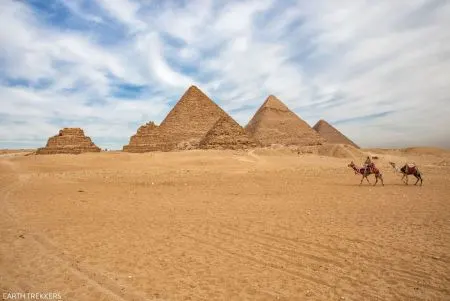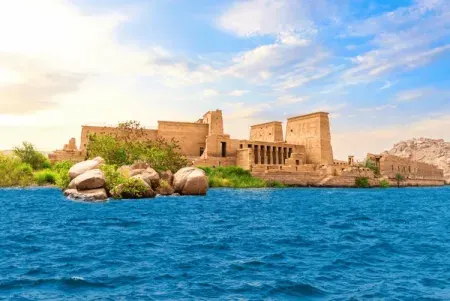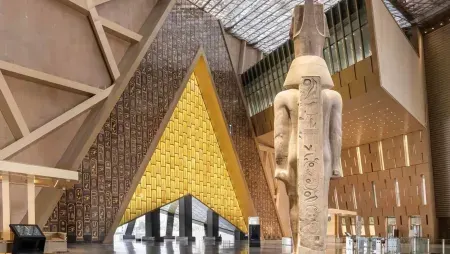Kemet means "the Black Land." This name was given to Egypt, the land once considered cradle to one of the greatest civilizations in the world. Kemet remains a constant reminder of the pharaohs, pyramids, temples, and rich heritage that still inspire and connect us to the past.

History of Kemet
A more than 3,000-year history of Kemet began in pre-dynastic times and continues up to the end of the pharaonic period. This lengthy and culturally rich history is traversed through building monuments across Egypt, day tours, and Cairo day trips-from the mastabas and pyramids of the Old Kingdom to the plethora of artistic endeavors in the New Kingdom. Egypt sightseeing tours tell visitors how Kemet exerted itself into Nubia and the Levant while the principle of ma'at-truth and order-structured life's day-to-day activities. Egyptian art, literature, and ideas remained lively even under foreign lordship, a great story customarily recited on popular Cairo day tours and Egypt excursions.
Culture of Kemet
This was a civilization that thrived in art, music, storytelling, and architecture. Egypt Day Trips and Cairo Day Tours exhibited how hieroglyphics passed myths and history down through time, including famous texts like the Tale of Sinuhe and the Book of the Dead. Music was strong and active, with organs and flutes sounding through the temple and during the festivals. The grandeur of the Luxor and Karnak Temples, with the towering pyramids, presents a glittering attraction that draws the tourists, perhaps the prime thing to do in Egypt.
Religion of Kemet
In Kemet, religion influenced every aspect of life with a pantheon of gods and goddesses headed by Ra, the sun god, who was the creator and sustainer of life. Temples for Ra, like the one at Heliopolis, are stops in a day tour of Egypt and sightseeing tours in Cairo. This harmony between gods and men was maintained by the pharaoh, who was considered to be Ra's representative on earth, a person possessing political and spiritual power. Divine figures such as Osiris, lord of the underworld, and Isis, goddess of magic and healing, comprise Kemetian mythology and are the spiritual basis upon which the ancient Egyptians stood. These intriguing myths come under consideration of guests taking day trips from Cairo for a cultural carry-out.
The afterlife was central to beliefs, besides outlandish rituals such as mummification and the building of pyramids and temples to secure him/her passage to eternity. The grand temples of Luxor and Karnak stand as a Kemet wet dream for the architecture and the faith, enticing many travelers on Cairo day trips and Egypt tours who want to find the spiritual center of one of the world's greatest civilizations.
.jpg)

.jpg)

.jpg)










